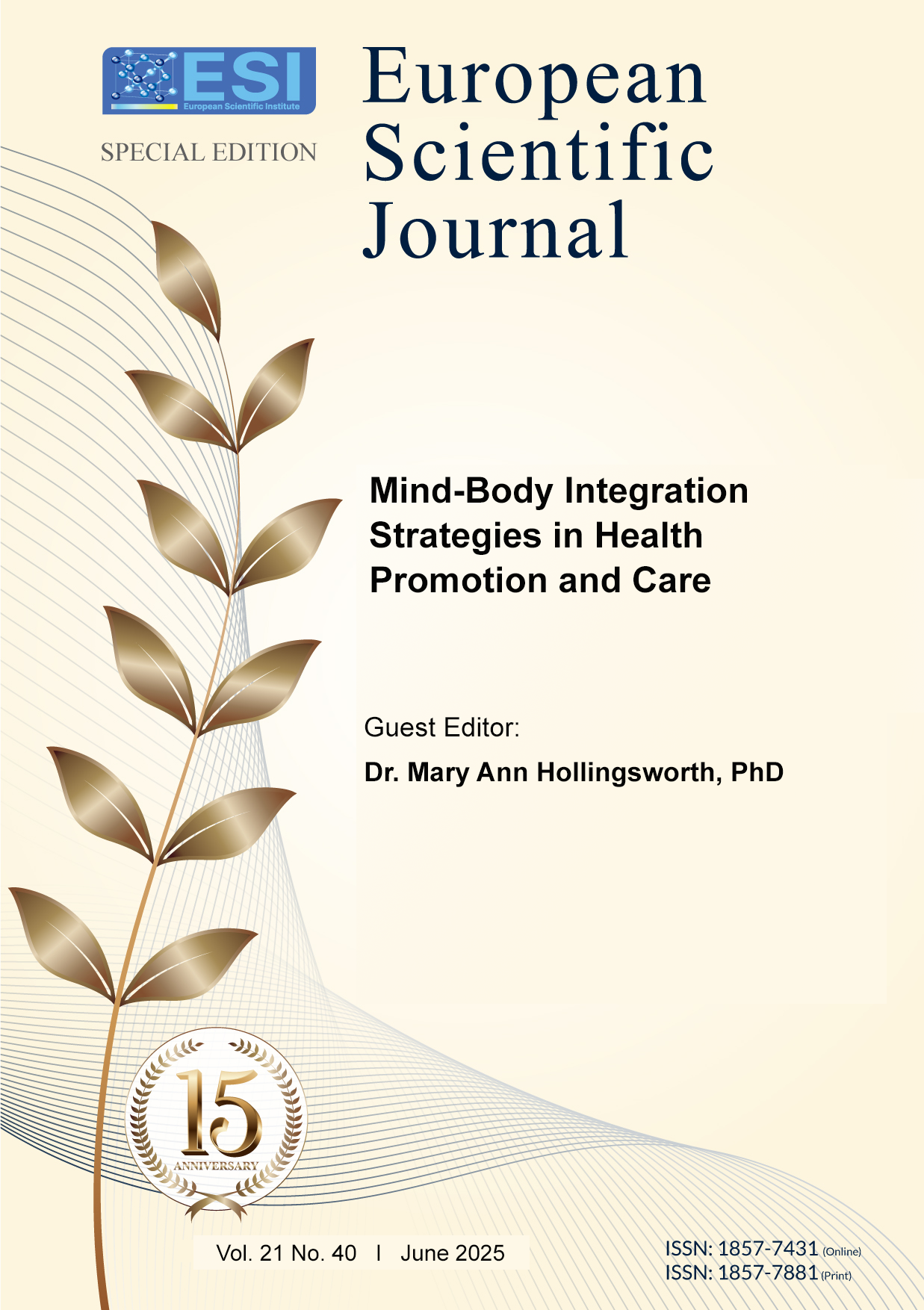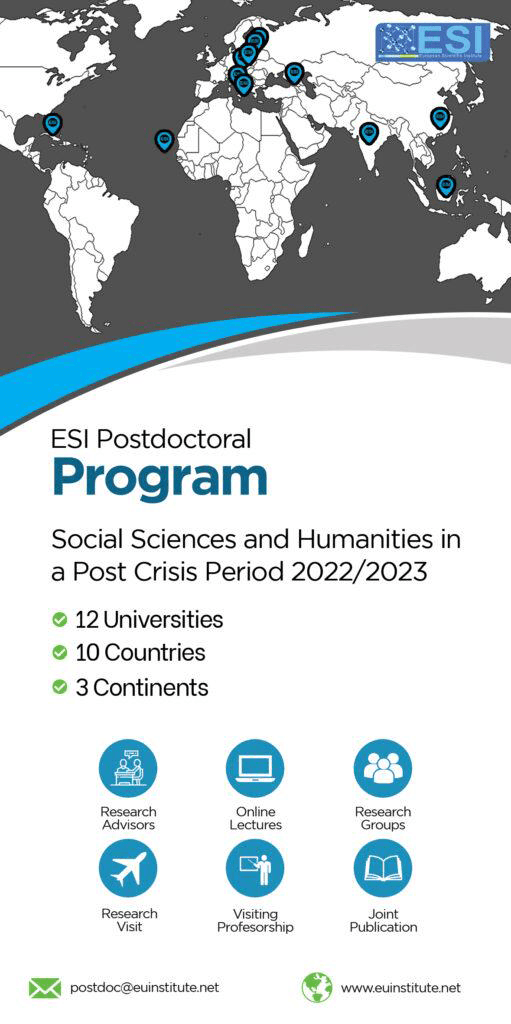Equine-Assisted EMDR, DBR Therapy, and the Introduction of Animal-Assisted Interweaves
Abstract
Despite there being a wide range of models for providing animal-assisted interactions in mental health settings, there is still no universally accepted standard of practice for providing trauma treatment, particularly for those with complex trauma. With this in mind, this article introduces a conceptual framework for partnering with animals via two specific phase-based trauma treatment models. To further promote the mind/body connection, especially in the healing of complex trauma, it is the author’s supposition that two trauma treatment models, specifically EMDR and Deep Brain Reorienting (DBR) ® therapies, are highly suitable for collaborating with animals, all whilst maintaining treatment fidelity as well as client and animal welfare. In particular, the author explores the clinical rationale behind and examples of partnering with equines and canines through what the author has termed “Animal Assisted Interweaves” (AAI) alongside the phased trauma treatment approaches of Eye Movement Desensitization Reprocessing (EMDR) via EquiLateral: The Equine-Assisted EMDR Protocol ® as well as Deep Brain Reorienting (DBR)®.
Downloads
Metrics
PlumX Statistics
References
2. Brand, B. L., Schielke, H. J., Schivone, F. & Lanius, R. A. (2022). Finding Solid Ground:
3. Overcoming Obstacles in Trauma Treatment. Oxford University Press.
4. Chandler, C.K. (2017). Animal-Assisted Therapy in Counseling (3rd ed.). Routledge. https://doi.org/10.4324/9781315673042
5. Cope, S. (2000). Yoga and the quest for the true self. Bantam trade pbk. ed. New York, Bantam Books.
6. Corrigan, F. M., & Christie-Sands, J. (2020). An innate brainstem self-other system involving orienting, affective responding, and polyvalent relational seeking: Some clinical implications for a “Deep Brain Reorienting” trauma psychotherapy approach. Medical Hypotheses, 136(109502), 1–10. 10.1016/j.mehy.2019.109502 [DOI] [PubMed] [Google Scholar]
7. Corrigan, F.M., Young, H., & Christie-Sands, J. (2024). Deep Brain Reorienting: Understanding the Neuroscience of Trauma, Attachment Wounding, and DBR Psychotherapy (1st ed.). Routledge. https://doi.org/10.4324/9781003431695
8. Friedmann, E., Katcher, A. H., Thomas, S. A., Lynch, J. J., & Messent, P. R. (1983). Social interaction and blood pressure. Influence of animal companions. The Journal of nervous and mental disease, 171(8), 461–465. https://doi.org/10.1097/00005053-198308000-00002
9. Frewen, P. A., & Lanius, R. A.: (2015). Healing the Traumatized Self: Consciousness, Neuroscience, Treatment. New York: W. W Norton & Company.
10. Gullone, E., (2000). The biophilia hypothesis and life in the 21st century: in-creasing mental health or increasing pathology? J. Happ. Stud. 1, 293-321.
11. Herman, J. L. (1992). Trauma and Recovery: The Aftermath of Violence—From Domestic Abuse to Political Terror. New York: Basic Books.
12. Holmes, J. (2014). John Bowlby and attachment theory (2nd ed.). Routledge/Taylor & Francis Group.
13. Jegatheesan, B., Beetz, A., Choi, G., Dudzik, C., Fine, A., Garcia, R. M., Johnson, R., Ormerod, E., Winkle, M., & Yamazaki, K. (2014). IAHAIO White Paper: The IAHAIO Definitions for Animal Assisted Intervention and Animal Assisted Activity and Guidelines for Wellness of Animals Involved. In A. Fine (Ed.), Handbook on Animal Assisted Therapy: theoretical foundations and guidelines for practice (3 ed., pp. 415-418). Elsevier Academic Press.
14. Kearney BE, Corrigan FM, Frewen PA, Nevill S, Harricharan S, Andrews K, Jetly R, McKinnon MC, Lanius RA. (2023) A randomized controlled trial of Deep Brain Reorienting: a neuroscientifically guided treatment for post-traumatic stress disorder. Eur J Psychotraumatol. 14(2):2240691. doi: 10.1080/20008066.2023.2240691. PMID: 37581275; PMCID: PMC10431732.
15. Kearney BE and Lanius RA (2022) The brain-body disconnect: A somatic sensory basis for trauma-related disorders. Front. Neurosci. 16:1015749.doi: 10.3389/fnins.2022.1015749
16. Kessler, R. C. (2000). Posttraumatic stress disorder: The burden to the individual and to society. Journal of Clinical Psychiatry, 61 (Suppl 5), 4–12.
17. Korn, D. L., & Leeds, A. M. (2002). Preliminary evidence of efficacy for EMDR resource development and installation in the stabilization phase of treatment of complex posttraumatic stress disorder. Journal of Clinical Psychology, 58(12), 1465-1487.
18. Lanius RA, Vermetten E, Loewenstein RJ, Brand B, Schmahl C, Bremner JD, Spiegel D. Emotion modulation in PTSD: Clinical and neurobiological evidence for a dissociative subtype. Am J Psychiatry. (2010) Jun;167(6):640-7. doi: 10.1176/appi.ajp.2009.09081168. Epub 2010 Apr 1. PMID: 20360318; PMCID: PMC3226703.
19. Levinson, B. M. (1962). The dog as a “co-therapist”. Mental Hygiene, 46, 59–65.
20. Martin, K. (2019). Structural Dissociation in the Treatment of Trauma and Eating Disorders. In A. Seubert & P. Verdi(Eds.), Trauma-Informed Approaches to Eating Disorders (pp. 221-233). New York: Springer Publishing.
21. Panksepp, J. (1998). Affective neuroscience: The foundations of human and animal emotions. Oxford University Press.
22. Peters, Steven (n.d.) Licking and Chewing: The Process Illuminated. Retrieved January 31, 2025 from https://besthorsepractices.com/licking-and-chewing-the-process-illuminated/
23. Prato-Previde, E., Basso Ricci, E., & Colombo, E. S. (2022). The Complexity of the Human-Animal Bond: Empathy, Attachment and Anthropomorphism in Human-Animal Relationships and Animal Hoarding. Animals : an open access journal from MDPI, 12(20), 2835. https://doi.org/10.3390/ani12202835
24. Rosoff, A. L. (2019). How we do what we do: The therapist, EMDR, and treatment of complex trauma. Journal of EMDR Practice and Research, 13(1), 61–74. https://doi.org/10.1891/1933-3196.13.1.61
25. Sanders, H., Rennó-Costa, C., Idiart, M., & Lisman, J. (2015). Grid Cells and Place Cells: An Integrated View of their Navigational and Memory Function. Trends in Neurosciences, 38(12), 763–775. https://doi.org/10.1016/j.tins.2015.10.004
26. Shapiro, F., (2018). Eye movement desensitization and reprocessing: Basic Principles, Protocols, and Procedures. (4th Edition) New York: The Guilford Press.
27. Shaw, S. B., Terpou, B. A., Densmore, M., Théberge, J., Frewen, P., McKinnon, M. C., &
28. Lanius R. (2023). Large-scale functional hyperconnectivity patterns characterizing trauma-related dissociation: A rs-fMRI study of PTSD and its dissociative subtype. Nature Mental Health, 1, 711–721.
29. Stewart, L. A., Chang, C. Y., Parker, L. K., & Grubbs, N. (2016). Animal-assisted therapy in counseling competencies. Alexandria, VA: American Counseling Association, Animal-Assisted Therapy in Mental Health Interest Network.
30. Van der Hart, O., Brown, P., & Van der Kolk, B. A. (1989). Pierre Janet's treatment of post-traumatic stress. Journal of Traumatic Stress, 2(4), 379–395. https://doi.org/10.1002/jts.2490020404
31. Van der Hart, O., Nijenhuis, E. R. S., & Steele, K. (2006). The haunted self: Structural dissociation and the treatment of chronic traumatization. W W Norton & Co.
32. Van der Kolk, B. A. (2005). Developmental Trauma Disorder: Toward a Rational Diagnosis for Children with Complex Trauma Histories. Psychiatric Annals, 35, 401-408.
https://doi.org/10.3928/00485713-20050501-06
33. Zilcha-Mano, S., Mikulincer, M., & Shaver, P. R. (2011). An attachment perspective on human–pet relationships: Conceptualization and assessment of pet attachment orientations. Journal of Research in Personality, 45(4), 345–357. https://doi.org/10.1016/j.jrp.2011.04.001
Copyright (c) 2025 Sarah Jenkins

This work is licensed under a Creative Commons Attribution 4.0 International License.








